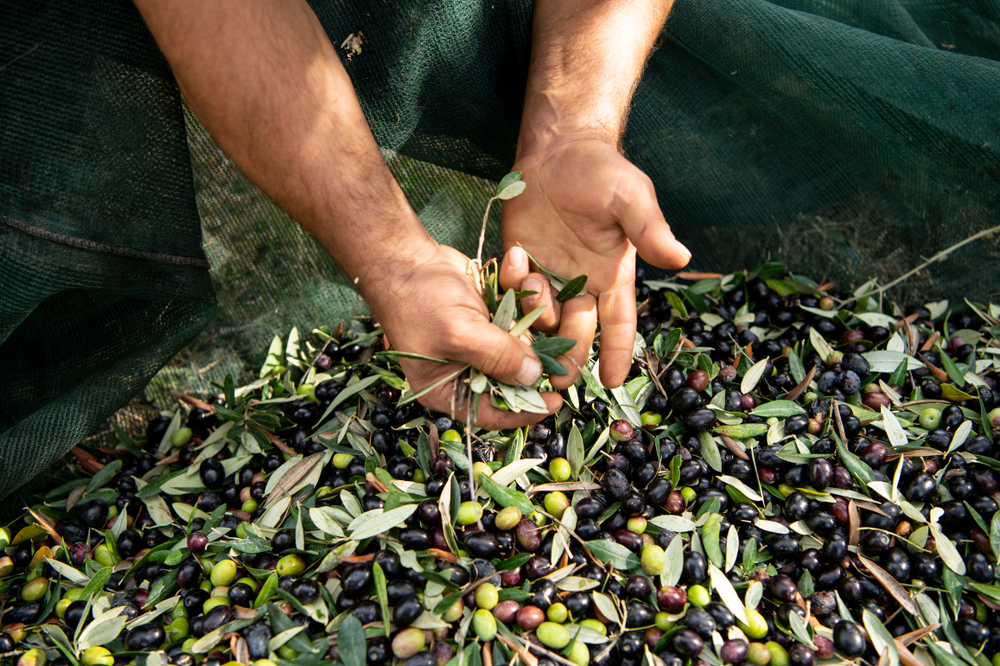Olive oil prices have reached unprecedented highs due to a prolonged drought in Spain, the world’s leading producer. These elevated prices are expected to persist.
Renowned Spanish-American chef José Andrés sparked a conversation when he suggested frying eggs in olive oil. One Twitter user pointed out, “Olive oil can be expensive at a finger deep. What’s an alternative for those of us on a budget?” Another user from England noted, “Aldi olive oil spread used to be 99p. It’s now £1.29. Even Aldi is expensive now!”
Data from the International Monetary Fund shows global olive oil prices have surged to $5,989.8 per metric ton, a 26-year high. Kyle Holland, an analyst at Mintec, predicts these high prices will remain for some time.
The primary cause of these soaring prices is the “exceedingly poor” weather in Spain, characterized by a prolonged dry spell. Spain, a major olive oil producer, has faced severe drought, leading to a significant drop in olive harvests.
The recent harvest from October to February yielded 50% less than usual, tightening global supply and driving prices up. Holland stated, “Spain produced an olive oil crop of around 630,000 metric tonnes, down from the usual 1.4 to 1.5 million metric tonnes harvest.”

Compounding the issue, the war in Ukraine created a global sunflower oil shortage, increasing the demand for olive oil. David Valmorbida, president of the Australian Olive Oil Association, emphasized that the ongoing drought in Europe, especially in Spain, has caused a global olive oil supply shortage.
Olive trees thrive in warm, dry climates, ideally between 60 to 80 degrees Fahrenheit. However, Spain experienced “very dry” weather in March, with only 36% of the average monthly rainfall, following 36 months of below-average rainfall. If these conditions persist, the next harvest could be even worse.
The demand for olive oil has surged since 2020 as more people cooked at home during the Covid-19 pandemic. Additionally, the sunflower oil shortage after Russia’s invasion of Ukraine further increased olive oil demand.
Valmorbida noted that consumers are beginning to reduce olive oil consumption, either by using less or switching to alternative oils. Despite this, the demand for olive oil as a healthy product will “remain at almost any price.” Without increased rainfall, prices could stay historically high through the 2023/24 harvest year.

